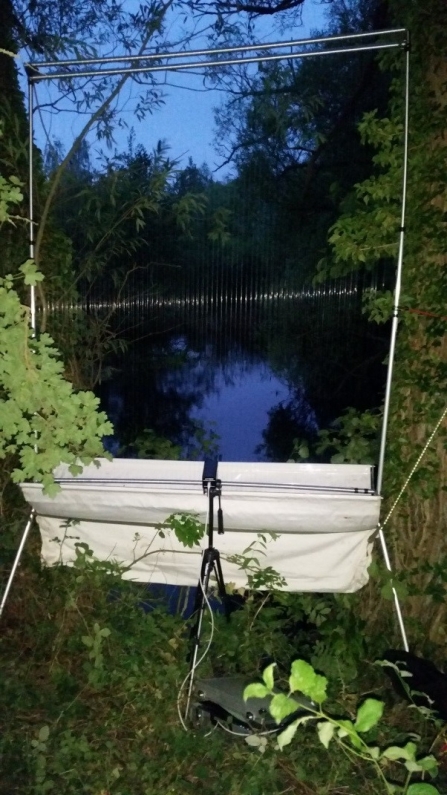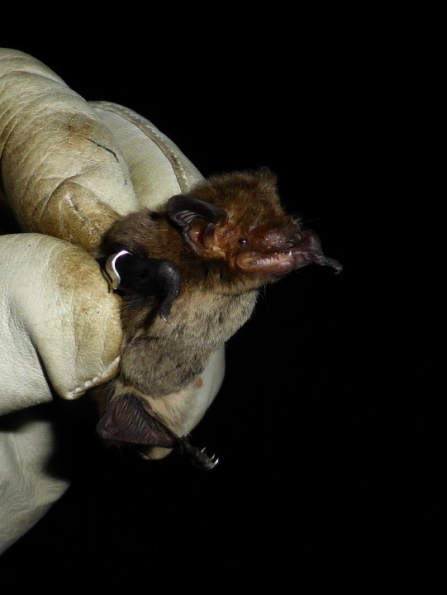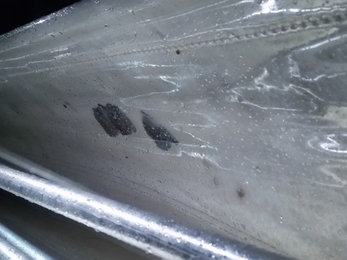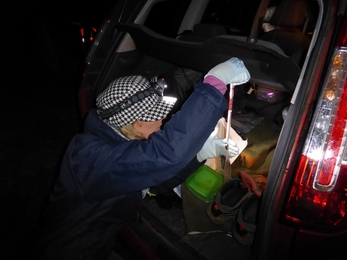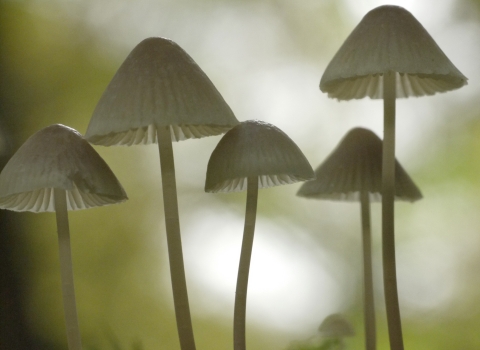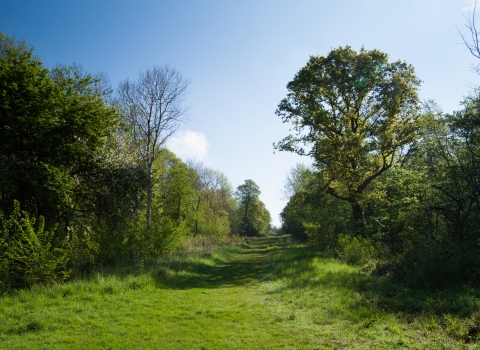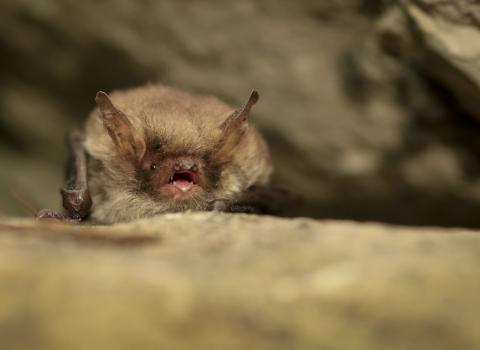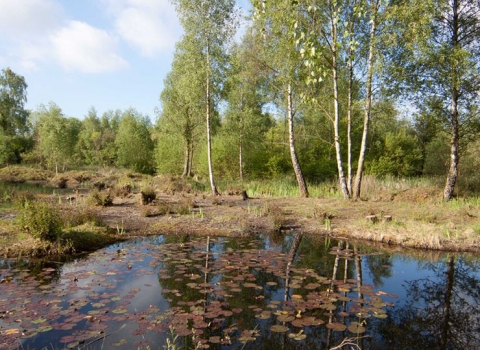As a long standing member of the Bedfordshire Bat Group I was keen to try to bring together WT volunteers and bat group members as a way to combine our resources and expertise to find out more about the bats in our area. Luckily I wasn’t the only one thinking along these lines as members of the Cambridgeshire Bat Group were eyeing up some of our reserves as good sites for more specialist bat trapping surveys. This led us to a meeting last winter with representatives from both these Bat Groups, Reserve Managers and M&R staff to discuss the best way forwards.
We discussed the merits of using trapping surveys as well as transects and static detectors. By trapping we are able to gather more information about species which more difficult to detect by call analysis such as Myotis bats whose calls are very similar to each other, and brown long-eared bats that call very quietly and so are often under recorded on detector surveys. Trapping can also give us useful information on our rarer bat species, such as Nathusius’ pipistrelle and barbastelle, including age, weight (a proxy for health) and breeding condition. Data collected this way can be fed in to the wider schemes such as the National Nathusius’ Project and so help their conservation on a much wider scale.
It was decided to work together at Brampton Wood in Cambridgeshire and Begwary Brook & Felmersham in Bedfordshire. At each site we arrange standard monthly transect surveys early in the season and trapping sessions slightly later in order to take advantage of the data collected on the transects. On each Bedfordshire reserve a single transect were carried out by Wildlife Trust volunteers whilst at Brampton volunteers from the Wildlife Trust and Cambridgeshire Bat Group combined forces to cover several transects on each visit. Unfortunately our recording bat detectors seemed cursed at Brampton this year meaning we were left with very little sonogram data but with Aidan’s expert knowledge of both the reserve and bats we managed to find some decent trapping areas.


